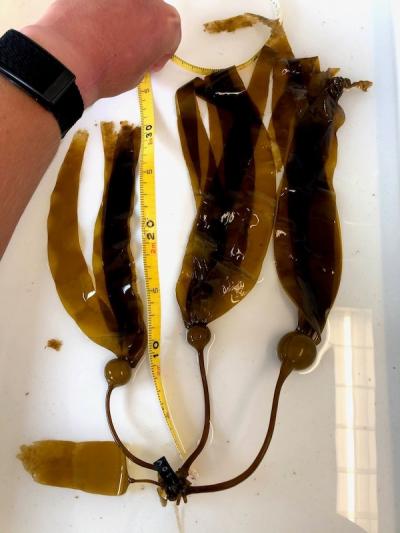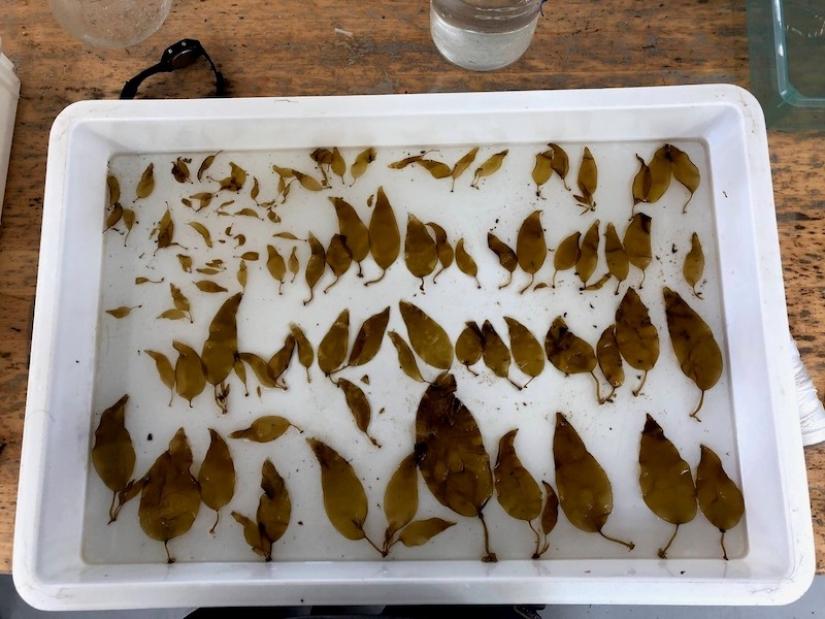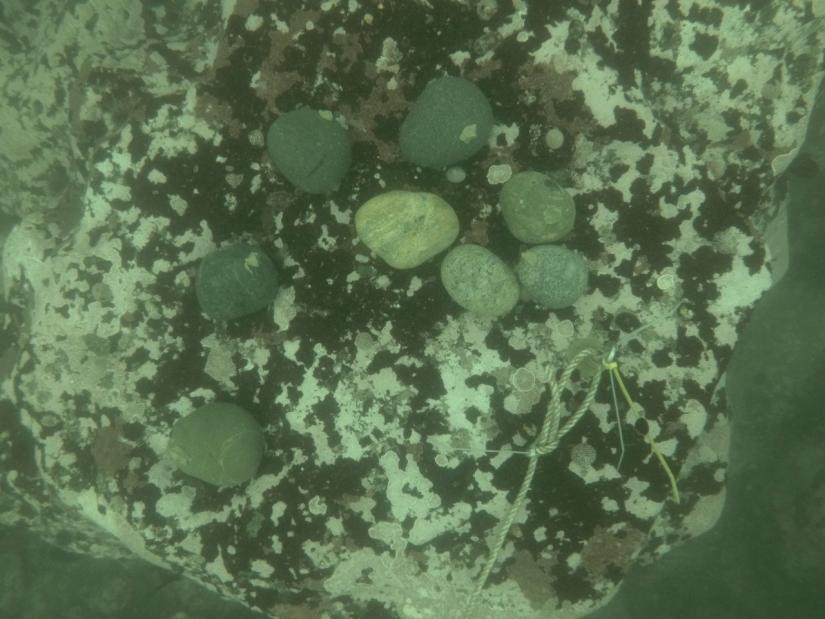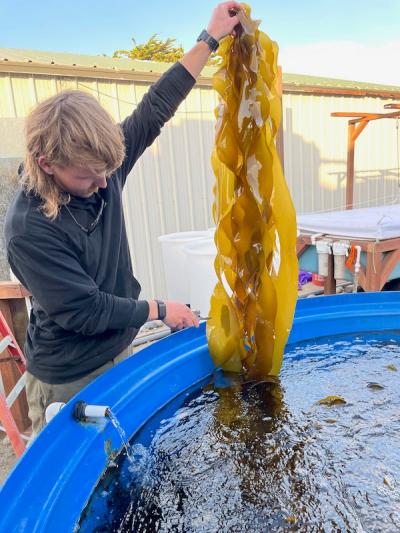Sea urchin overgrowth is one factor inhibiting the recovery of kelp forests off the coasts of northern and central California. Bull kelp populations north of San Francisco Bay have been particularly hard hit, with little to no observable recovery outside of a few areas. Any efforts to restore the bull kelp (Nereocystis luetkeana) in these areas requires both a reestablishment of the kelp itself, as well as an end to the sea urchin overgrazing.
This study aims to support the development of cost-efficient methods for re-establishing northern California bull kelp populations at ecologically relevant spatial scales following sea urchin removals. The researchers plan to test various culture methods for growing bull kelp for restoration purposes; conduct controlled field experiments to determine the most successful method for outplanting bull kelp recruits to areas following sea urchin removal; and then monitor the bull kelp outplant growth, survival, and reproduction at field sites.
The researchers are working in partnership with governmental and non-governmental partners that are currently working on urchin removal, and Monterey Bay Seaweeds, a for-profit seaweed farm. The results of the project will directly inform efforts to restore kelp once urchins are removed.




